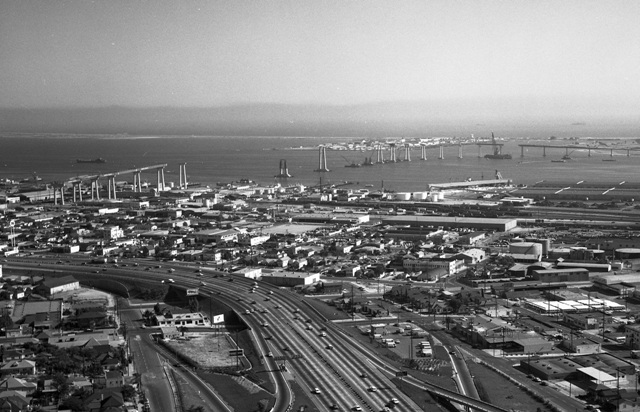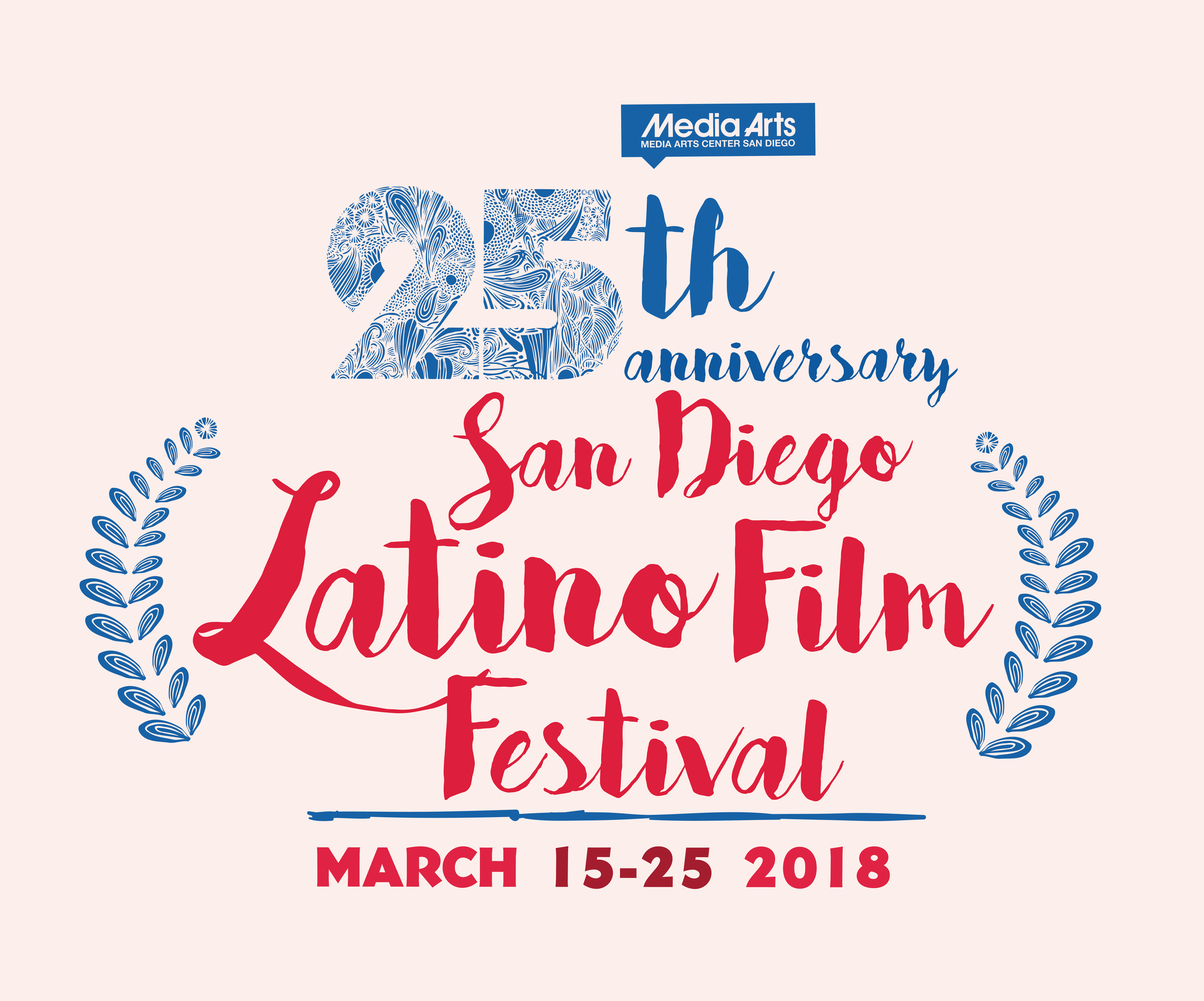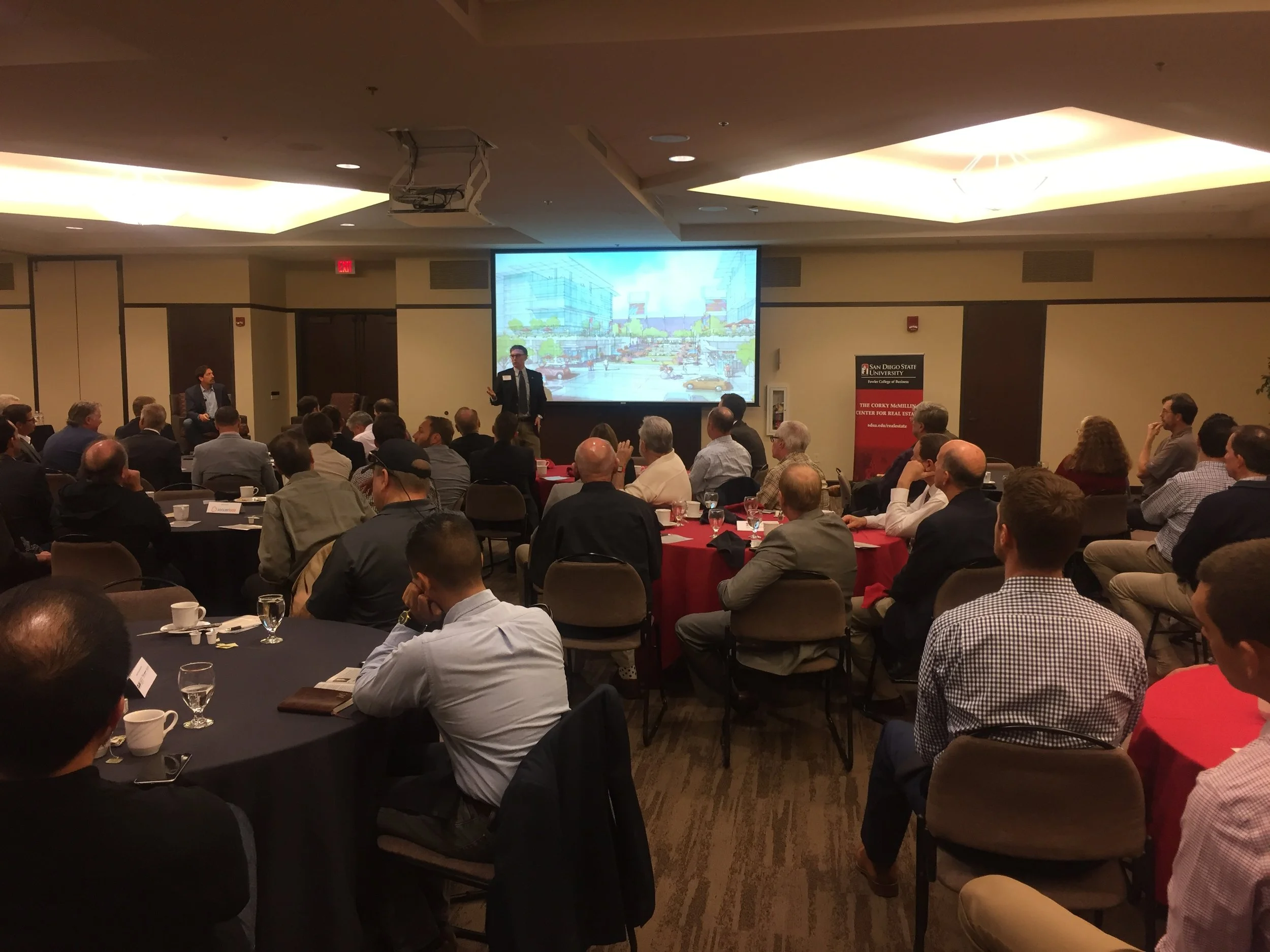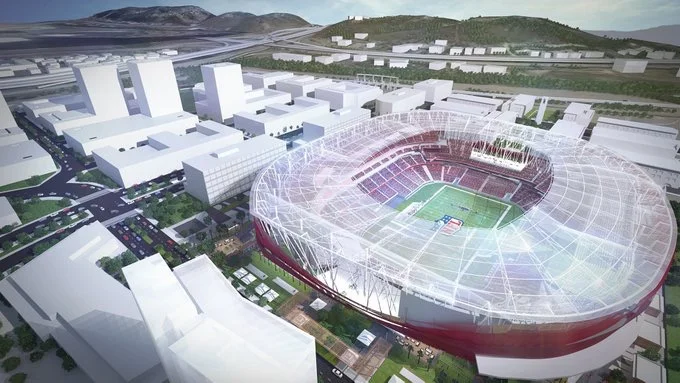San Diego is Forked
San Diego is forked.
After long periods of inaction, indecisiveness and division, we the people of San Diego are barreling towards an election which will cement our region's identity for the coming generations to come. The outcome of this decision will either exacerbate our problems or advance our particular piece of civilization.
To trace the path to the junction we find ourselves in, we could begin by looking back to when the Kumeyaay roamed, when the Spaniards spied, or when Alonzo Horton moved the heart of the city to where it sits now. However, this particular chapter of our history began in the early 1960s.
Back then, baby boomers were just coming of age, the golden generation settling into their suburban homes in far reaches of Serra Mesa. The region as a whole is beginning to pivot away from it's "Sleepy Navy Town" appeal to a growing city, diversifying its workforce to include research and science from laid off defense and aerospace workers. Tuna is still a large part of the local production economy, a new university opens on a heavenly land grant along with the Salk Institute and San Diego is a place being mentioned as the next destination for a major sports franchise.
Bolting into town, Barron Hilton and his baby (specifically powder) blue came in 1961, and after quickly capturing the hearts of the community, their needs for a more permanent stadium (of the modern era) became apparent.
Through that same decade SeaWorld opened in 1964, Jack Murphy set up camp in Mission Valley in 1967 with his typewriter and beloved black Labrador retriever Abe, and the San Diego Padres Baseball Club joined the majors in 1969 shortly after construction on the Coronado bridge began in 1967.
Coronado Bridge under construction in the late 1960s
It was truly a renaissance of what grew to become San Diego's identity of the next half century, foundations that have begun to crumble and disappear into the smog of our present day.
How have we arrived at this juncture? Was it neglect? Greed? Apathy? Does it matter?
Our traditions have been turned against us in a post-Blackfish, #fightforla, wall-building federales, #bringbackthebrown, "the world is flat" economy of existence. The cornerstones of our culture have shifted again and are exposing faults previously covered by the marine layer. There is a fundamental decision that must be made by the public as to what we want to carry with us into the future that will define our character as a city.
NIMBYS vs. Transit vs. Infrastructure vs. Progressive vs. Conservative vs. Nationalist vs. Inclusive vs. Independent vs. Corporate vs. Millennials vs. the Golden Generation vs. Media vs. Our Psyche.
Obviously, all of these forces pushing and pulling against each other would create ripples in any municipality, but as anyone who has been living in this locale for an extended period of time can preach, there is a unique set of criteria we possess. An unprecedented amount of malignant opposition to change, progress and development in a time that demands it.
San Diego is actually an island. To the north there is Mordor, ironically named the "City of Angels" to entrap then devour souls to its will; to the south, our mother nation, who we were separated from in our infancy, and our sister city who is constantly seeking their own identity; to the east, an inhospitable desert that limits the physical land that is available for long term growth.
Islands need not only be defined by physical boundaries alone.
According to the San Diego Economic Development Corporation, San Diego's percentage of regional population between ages 18-34 is 27.1% ranking 1st amongst the 25 largest metros in the country. Meanwhile, the region's median home price of $565k sits 2nd highest on that same list of largest metropolitan areas.
Consider how people under 30 make considerably less income than those over it, and one can imagine the rift between idealism and reality for the majority of our population looking to enter into home ownership.
While typically more educated than other regions, San Diegans have skewed more conservative for the better part of a century due to the preservation of quality of life, maintenance of a highly sought-after status quo. This has led to those who bought homes a number of years ago to drive policies that reinforce their home values, while building higher barriers of entry for those looking to make a life here.
If you're under the age of 35 and looking to start a family or build your career in San Diego, the odds are stacked against you in a multitude of ways.
This schism has also contributed to the eternally misunderstood, multi-faceted problem of homelessness growing on our streets daily. Our city and county governments have failed our citizens in recognizing their inability to cope with the increasing stressors on individuals and families alike.
It took the first Hepatitis outbreak in America in decades to prompt any sort of action from the people who should be anticipating and mitigating such problems, and even then, it was far too little, too late. Now, instead of coming up with a comprehensive, collaborative solution, they'll shotgun a smattering of ballot initiatives at the undereducated voting public this fall. Do we care about these people? How much? Enough to spend our own money on them? Our time?
Not all of our recent history has been written in bleeding red ink. One of our most encouraging industries spearheaded the growing national trend towards local businesses. At last count San Diego has over 150 breweries, with additional numerous tasting rooms seemingly springing up in every nook and cranny. What was once just Uncle Karl and some Arrogant Bastards is now rounding towards being a billion dollar economic engine.
Alesmith in MIramar
The way in which the craft brewing ecosystem has grown highlights the best parts of innovation and collaboration, with all boats rising in the tide. Like a luscious oasis in the desert, a beautiful community emerged in once drab and unpopulated business parks and made us all better for it.
Another blue chip in our portfolio is the burgeoning genetics industry, which has long been brewing its own revolution on the mesas of Torrey Pines, but for some reason gets lost in the shuffle of civic assets that pale in comparison to its growth potential. Why aren't we learning more about what will likely define our economic future?
In recent years, our society has been sculpted by those who are increasingly losing touch with the public. In the last year, this has played itself out in a rift between local sports fans and the hands at the Union-Tribune. When the blue and gold barged out of town, they continued to cover their presence as if they hadn't exited and left a lightning bolt shaped hole in the heart of its sporting identity. The paper itself having been bought and sold several times between non-local entities, now a subsidiary of the Los Angeles Times.
To a population made up primarily of people from elsewhere, there were few symbols that were as woven into the fabric as that one (it was the third result when Googling the city), but it was the San Diego in front of their nickname we collectively cared about. And yet somehow even after this revelation came to light, the dialogue was not only one sided but somewhat dictatorial from the U-T towards its readership which has now began to check out and fracture its interests without a beacon to rally behind. With these institutions fading into the mist, what symbols will we choose to represent us in the future, if any?
It's up to us to supply the answer to that question. To you, to me. To anyone who wants to call San Diego home in the years to come. It's our time to decide whether or not we want to build our castle walls taller (literally in some cases) or do the hard work of educating and assembling ourselves to create action on these key moments that will decide what path this city takes.
Inaction itself will doom us all (think Hepatitis but a hundred times worse) and there is no longer the ability to act in our own self-interest, as we all will bear the burden of this cultural shift in whatever form it takes.
Together, we will go to the polls this fall, but the decisions on how this place we love will trend based on how we choose to spend our time, money and talents in the coming days, weeks, months and years. Through this series we breakdown the columns on which our future will be built or crumble using social history and statistics to determine our common values in a region that is now staring in a mirror and still trying to figure out what it looks like.








